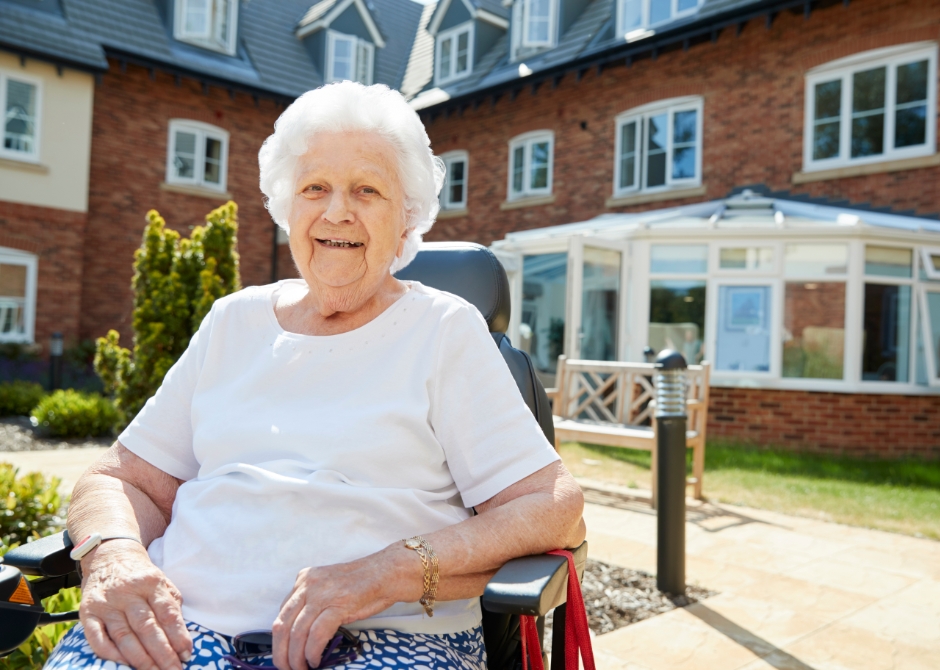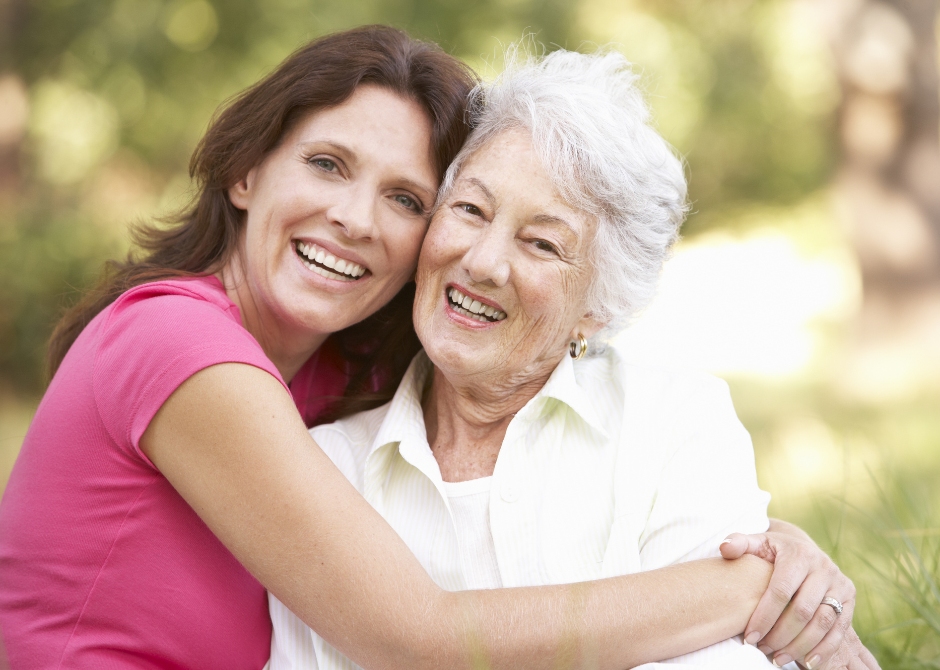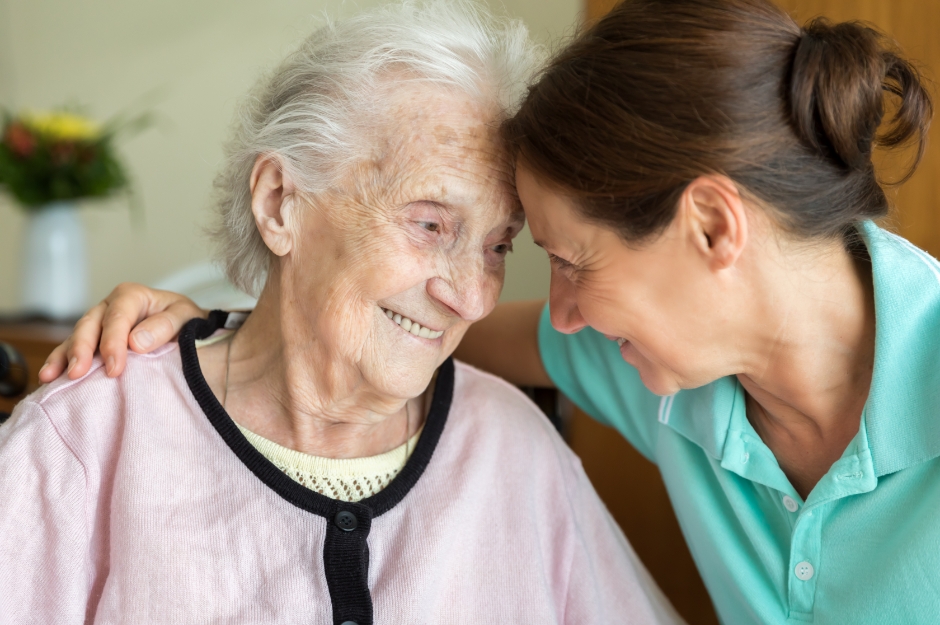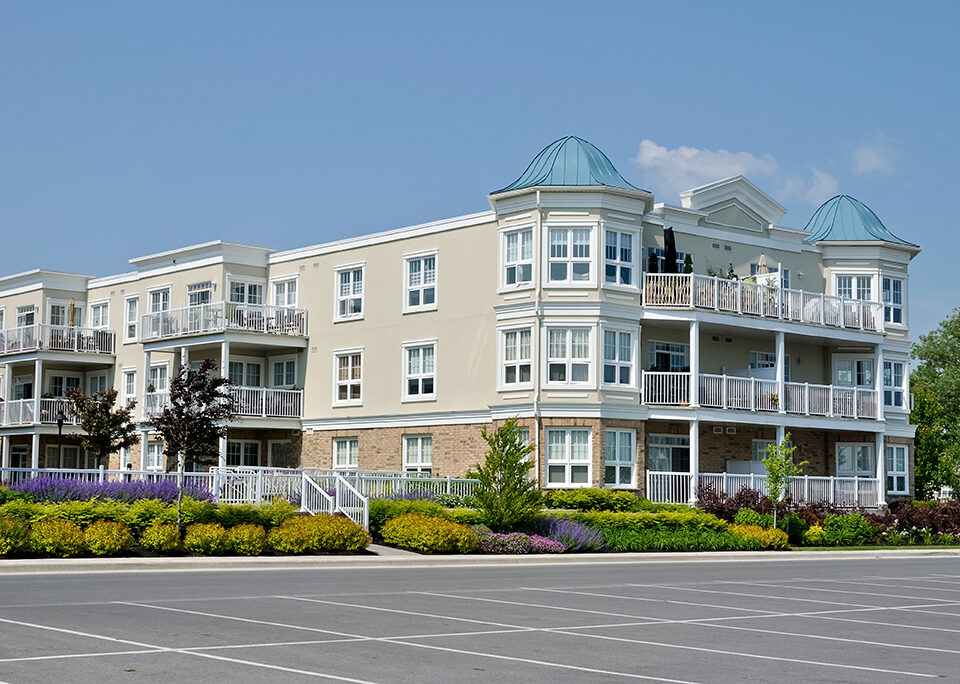Signs That It May Be Time to Move Into a Senior Living Community

Elder Care Planning: Preparing For Alzheimer’s and Dementia Care
April 18, 2025
How to Overcome the Guilt of Moving a Parent to a Senior Residence
August 7, 2025Deciding to move a loved one into a senior living community is a significant juncture in one’s life. Undoubtedly, the reasoning behind the decision and the benefits of moving must be considered with care. It’s important to take everything one step at a time, regardless of the urgency of the situation. The first step is to recognize the signs that it may be time to move into a senior living community. We discuss these signs in detail below.
Health Care Concerns
Chronic medical conditions are among the most noteworthy signs that moving into a senior living community would be optimal. It’s true that medical conditions vary and have a wide range of effects on one’s health. However, chronic medical conditions tend to have a larger impact on daily living as most of these conditions require regular monitoring. At the very least, there may be the need to have assistance with medication management.
If it has become difficult (if not impossible) to treat an existing medical condition independently at home, more comprehensive care is required. Advanced care planning is especially relevant if health care concerns are exacerbated by other factors.
For example, a scenario in which Alzheimer’s or dementia care is required will require extra resources and care throughout the planning and its execution. With thorough elder care planning, a course of action can be set to help prepare for whatever the future may hold.
Other Safety Precautions
Chronic medical conditions are not the only health care and safety issues to be mindful of. With age comes the potential of experiencing an increase in accidents and falls, worsening mobility, and a general decline in physical and/or mental capabilities. If there have been a growing number of incidents occuring at home that put the individual in harm’s way, having extra support and safer surroundings is recommended.
When visiting potential senior living communities, one of the questions that must be asked is how treatment is assessed and monitored. This includes if there is in-community care available (and the hours it is available), and how transportation is arranged for out-patient appointments or emergencies.
It is also important to also know how emergencies are handled. For example, on average, how long does it take for a family member to be notified? Are there other protocols in place that need to be known? Senior living communities always strive to provide the support that is needed to ensure the best medical care. This begins with having a discussion about any and all concerns.
Increasing Social Isolation
Solitude can be beneficial for everyone at times. However, seniors who have withdrawn from social activities or show signs of loneliness can benefit from the engaging opportunities available in a senior living community. These signs may include turning down invitations to participate in outings, becoming less talkative, losing interest in activities they once enjoyed, a general lack of enthusiasm, and even avoiding social situations altogether.
While depression, dementia, and other medical conditions may be contributing factors, it’s important to take note of these changes and how long they last. Is there a pattern? Is experiencing sadness and/or irritability becoming more regular? Is there a decline in prioritizing personal care or physical health?
The social activities provided in senior living communities encourage more physical activity and provide an opportunity to form connections with others. This tends to have a positive domino effect on other areas in their lives in the form of fewer negative emotions and overall well-being.
Neglecting Responsibilities
Forgetting to pay a bill happens to the best of us on occasion. Repeatedly being unable to pay bills on time, or neglecting household tasks is an entirely different predicament. If it has become difficult to manage everyday tasks such as cleaning or cooking, it can be an indication that maintaining a level of independence has become a struggle.
This may not be cause for alarm right away but it can quickly progress to an unsafe situation. From forgetting to eat regularly to neglecting medical appointments, a lack of concern regarding any form of responsibility should be made note of.
Caregiver Burnout
Having a family member act as the primary caregiver is a selfless act that is fueled by love. However, it may also put a lot of weight on one’s shoulders. It is common for family caregivers to feel overwhelmed at several moments throughout providing care. Especially, if they feel unprepared or generally unable to meet the growing needs of their loved one.
Having doubts about one’s capabilities is normal. However, it is also a sign to at least consider professional care options. This will ensure the well-being of not only the loved one but of the caregiver as well.
Make Informed Decisions
Recognizing the aforementioned signs early can help families make a timely and informed decision about moving a loved one into a senior living community. It is important to recognize that the transition can enhance the quality of life by providing a safe, supportive, and engaging environment.
Undoubtedly, this is quite a significant life change albeit necessary. If you or a loved one are looking for guidance on how to best approach this transition, there are many resources that can help. We highly recommend speaking to a Lianas Senior Advisor. During a free, no-obligation consultation, our professionals will help to assess the current situation and provide insight to what the following steps are.
Call Lianas Senior Transition Support at (514) 622-8074 for more information. You may also message us directly on our official website here or email us at info@lianasservices.com if you have any questions.




